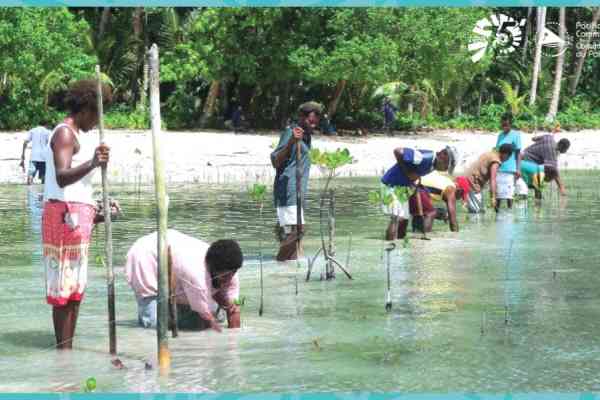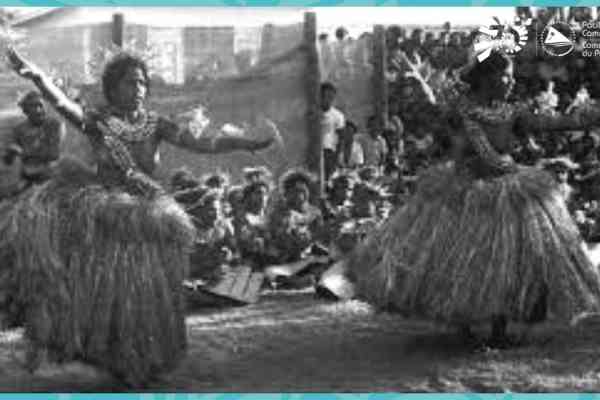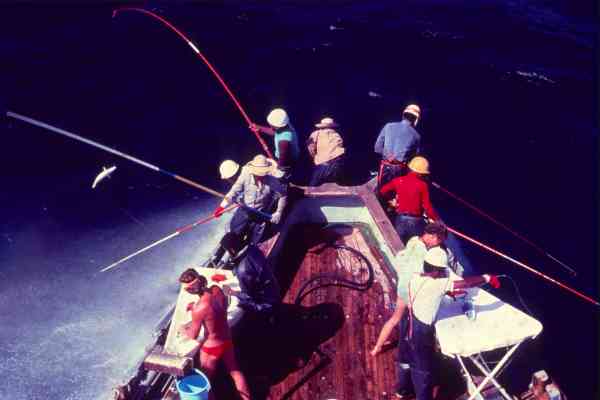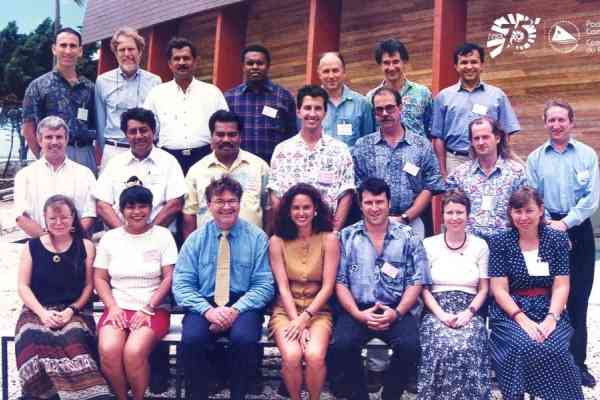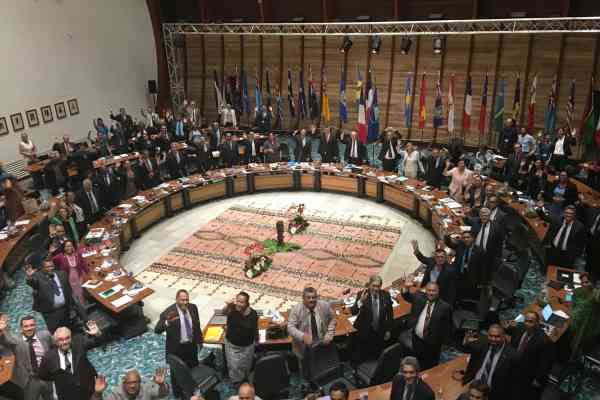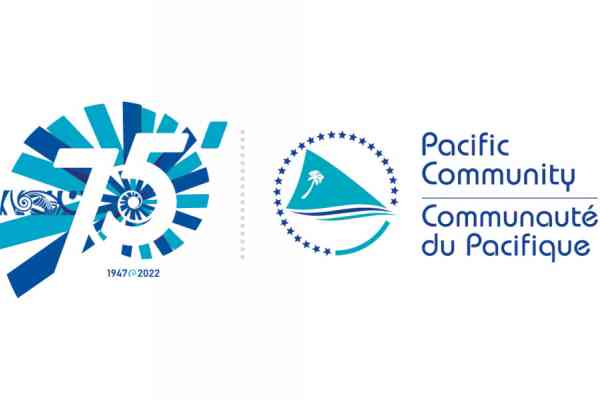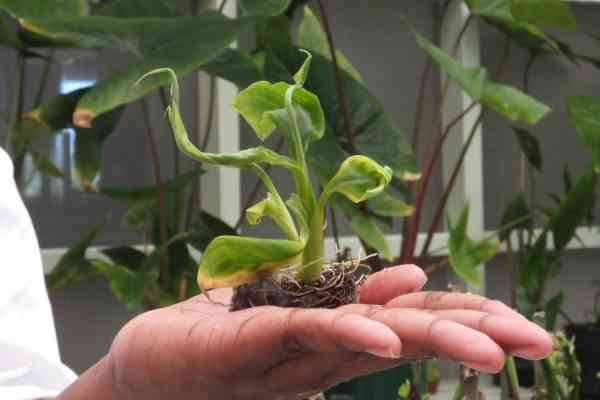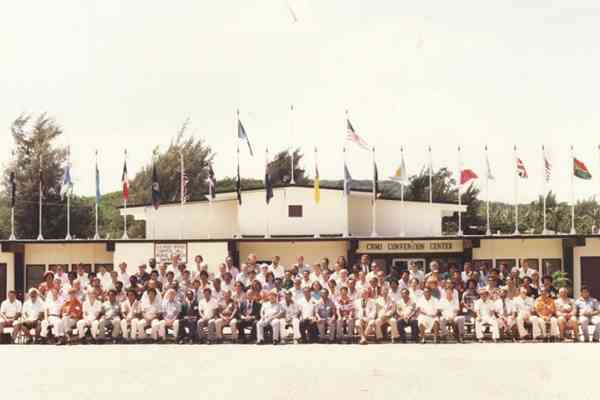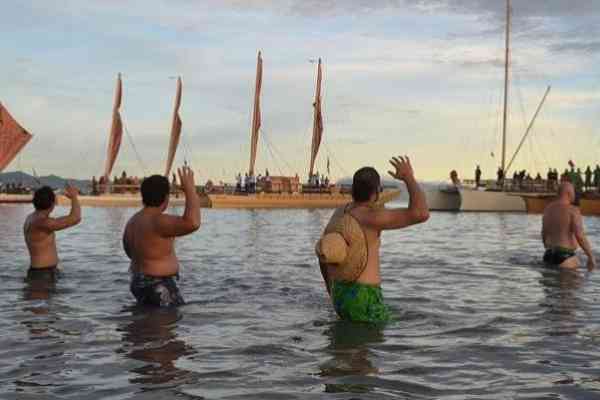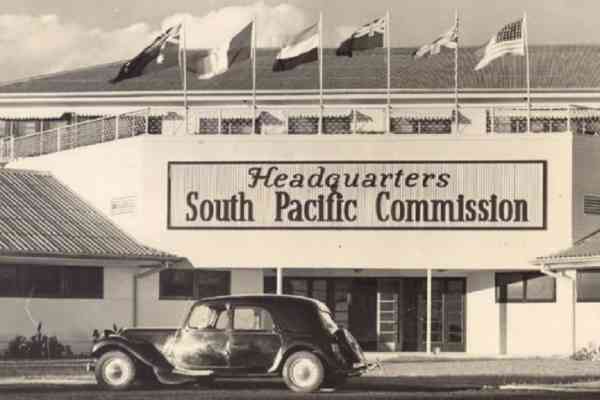SPC’s sixth decade was one of its most dynamic. It gained a new identity but more importantly became more responsive, placing a premium on operating transparently and being accountable to members and development partners.
1997 Conference – Fifty years after its birth, the oldest Pacific regional organisation celebrated its anniversary in 1997 at the 37th South Pacific Conference held in Canberra, the city where it had been conceived. The most significant decision made by the Conference was to change the organisation’s name from the ‘South Pacific Commission’ to the ‘Pacific Community’, thus fulfilling the long-held wish of SPC’s North Pacific members to have a name that reflected SPC’s pan-Pacific nature and clearly included all its members. Arriving at a consensus on the new name was not straightforward, however. The Conference, led by Fiji’s Minister of Foreign Affairs and head of delegation, the Hon. Berenado Vunibobo, rejected the first name proposed, ‘Pacific Islands Commission’, remarking that the words ‘Islands’ and ‘Commission’ were not appropriate for an organisation about to enter the 21st century. As Mr Vunibobo noted, ‘We need a name that portrays a unified community spirit, all encompassing yet modern, and takes into account other possible changes that might arise in the future.’ Informal discussions between delegates resulted in the head of Tonga’s delegation, Prime Minister Baron Vaea, proposing the name that was finally approved – the ‘Pacific Community’.
‘We need a name that portrays a unified community spirit, allencompassing yet modern, and takes into account other possible changes that might arise in the future.’
After further deliberation, the name Pacific Community was reserved for the broader organisation made up of 27 countries and territories, while the organisation that carried out the work was to be referred to as the Secretariat. The new Secretariat of the Pacific Community could thus retain the acronym of SPC by which it was known across the region. With the name change, and the decision taken at the 1996 Saipan Conference that the Conference would in future be held every second year, the 37th South Pacific Conference was the last held under the old name and the last of the annual conferences convened by the organisation.
A number of decisions taken at the 1996 Saipan Conference and the 50th Anniversary Conference in Canberra continue to guide SPC’s work. The roles of the governing body and Director-general were clearly defined and differentiated, with the governing body to determine SPC’s policy framework and the Director-General to manage the organisation. SPC’s principal officers were designated as the Director-General and Deputy Directors-General (two) and its technical programmes were restructured into three divisions: Land Resources, Marine Resources and Social Resources.
New logo and identity – 1st Conference of the Pacific Community
The 1st Conference of the (new) Pacific Community was hosted by French Polynesia in October 1999. This was to be Bob Dun’s last conference as Director-General as he did not want to serve another term. He sought to complete his tenure by gaining approval for two outstanding matters that would signal the accomplishment of his agenda for change: launching SPC’s new organisational identity by adopting a new logo – a canoe in full sail striking out into new waters – and modernising SPC’s operational policies and procedures in what would become known as the ‘Tahiti Nui Declaration’. The Conference approved both the logo and declaration.
SPC’s logo and flag
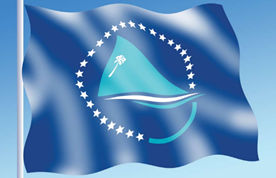
The SPC logo and flag were approved at the 1st Conference of the Pacific Community in December 1999 in Tahiti, French Polynesia. The 26 stars represent the 26 members of the Pacific Community. The curved bar rounding out the circle of stars symbolises the Secretariat, which serves to link the Community. The sail and the two ‘waves’ representing the ocean are symbols of linkage and interchange. These three elements create an image of a racing canoe. The coconut palm near the centre of the design represents the Pacific region as dynamic and mobile rather than sidelined and stationary. The dark blue colour reminds us of the vastness and depth of Oceania. The turquoise colour of the sail brings the promise of youth.
For more information, please contact Camille Menaouer, Communications Coordinator, Pacific Community at [email protected].
